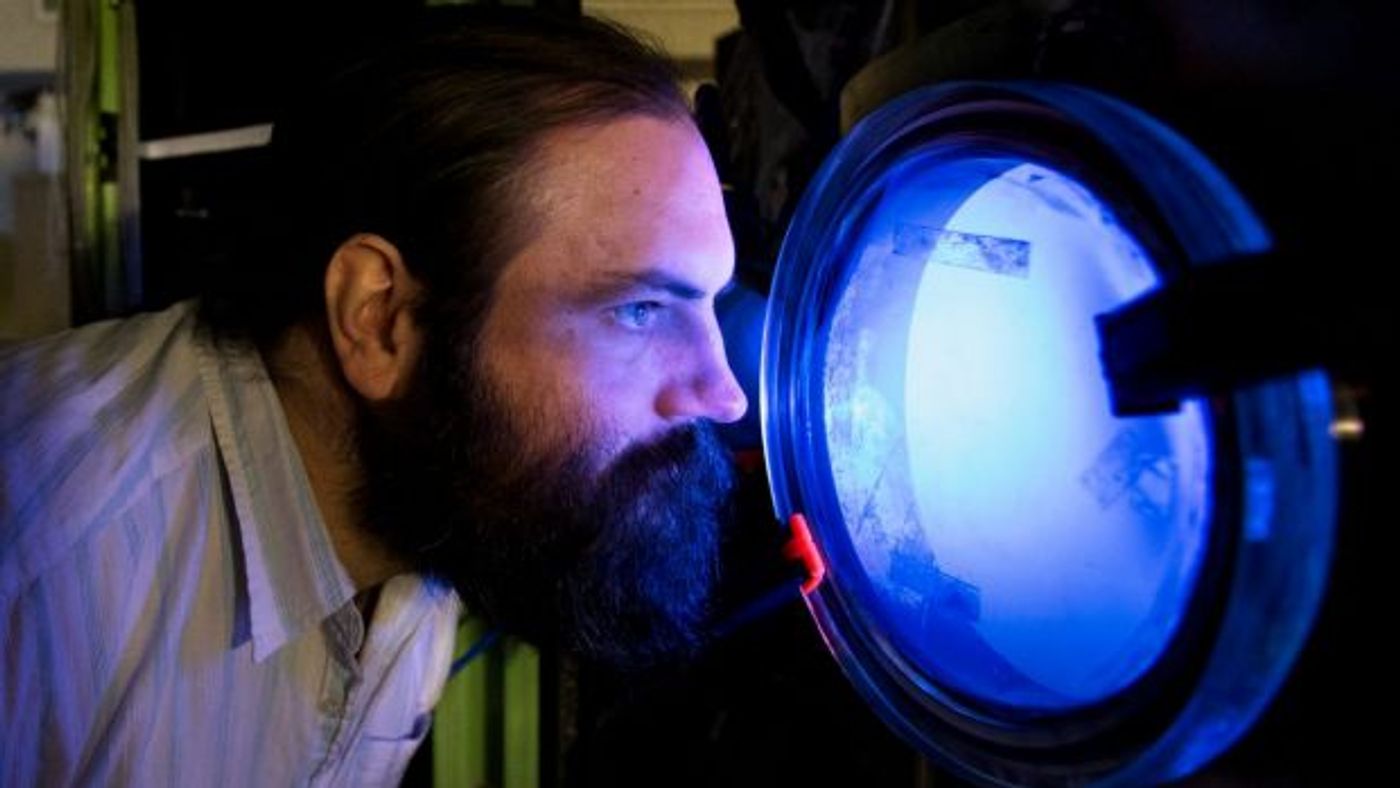A New Kind of Ion Drive Engine Will Soon Get Tested in Space
When it comes to traveling to Mars and other planets, we really can’t continue to rely on chemical burn rockets. These will either burn out too quickly or take too long to get there, and we need to get to our destination as quickly and efficiently as possible.
A Sydney-based rocket scientist known as Dr Patrick Neumann might have the answer. He has developed an ion drive engine that utilizes ion vapors from metals like magnesium to create thrust in a specific direction.

Image Credit: Edwina Pickles
His research is published in the Applied Physics Letters.
This works by using magnetic fields that push ions at fast speeds. In doing so, a weak propulsion is generated, but in space, where there’s no friction to keep you from moving, the momentum can build over time.
Once a chemical burn rocket gets this ion drive engine into space, as low as low Earth orbit, it can take over from there and start making its way to other worlds.
The engine got a lot of attention recently after Neumann said it achieved a higher specific impulse than even the thrusters under development by NASA. In fact, it appears to have set a world record for specific impulse.
There is some debate among scientists about whether or not this is a real-world advantage, however Neumann seems very solid about the fact that his project would be useful in situations where one might want to send a spacecraft to a location in space, such as asteroids, and then return samples back to the Earth.
NASA’s Mike Patterson believes that NASA’s NEXT thruster, which operates on Xenon, is more efficient than the Neumann’s ion drive engine. Neumann is open to this criticism, suggesting that there are still further benefits to the Neumann drive that could be used for certain kinds of missions.
"The potential advantage of his concept is that it is multi-propellant capable," Mr Patterson said.
This advantage means Neumann’s ion drive engine could refuel itself in space and continue going for as long as it needed to. Fortunately, asteroids and space junk both seem to be abundant in magnesium, which is the highest-performing metal for Neumann’s ion drive engine. Such gives it certain advantages over other engine alternatives.
You can watch Neumann walk you through his prototype in the video below:
Neumann has recently signed a deal with Airbus Defense & Space to send the ion drive engine to the International Space Station where it can be tested for at least a year in space conditions.
Source: The Sydney Morning Herald








